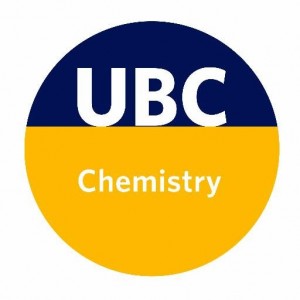Open Educational Resources for 21st-Century Science Students
Until recently, computational chemistry has been a tool primarily for research due to the lack of accessible hardware and software. Recently, however, advances in hardware and software design have made computational methods both more accessible and affordable, while at the same time improved user interfaces and software design have resulted in software packages tailored to end users rather than the specialists working on the theory itself. With more-accessible software, computational analysis can now be taught without the steep learning curve of the underlying math and quantum mechanics, and instead it can be used as a teaching tool in its own right. With less training than before, students and chemists can now produce valuable data and results, while introducing computational techniques to allow students to later explore quantum theory and methods in greater detail. As well, the introduction will give students background in the utility of computation for later exploration of the field. More than just training students to use computational tools, computation is now able to aid in the understanding of core chemistry concepts as an education tool. Education, however, has yet to fully embrace the use of computational modelling in the wider curriculum, often instead focusing only a dedicated class or module on the theoretical background of computational modelling rather than its application to solving wider chemistry problems.
To take full advantage of computational modelling in education, it is valuable to introduce it gradually throughout the curriculum, in courses and labs, as a standard method to analyze new concepts and solve problems. From this, students will be familiar with the use of computational tools from the beginning of their studies and will learn to apply computation as a standard method in their chemistry toolbox. They will visualize molecular structures and previously unobservable phenomena such as transition states to better understand chemical processes and they will see the results of reactions which may be impractical, dangerous, or impossible to demonstrate experimentally in a laboratory. This familiarity with computational tools will allow them to better understand the literature as computational modelling is now ubiquitous in chemistry research.
With increased familiarity, students will also have the tools and resources necessary to conduct their own computational studies, be it for final-year projects, coursework, or personal interest. Without the requirement to secure chemicals and lab time in a safe and cost-effective manner, students will have more freedom to investigate.
The goal of this project is to integrate computational modelling across all four years of an undergraduate education so that students graduating from the program are familiar with how computation works, what computational tools can and can’t do (or can and can’t do easily), and how to use computational methods to solve the types of problems they will encounter in their careers. Students will practise scientific habits of mind, such as asking questions, seeking data, and rationalizing experimental results. They will understand how to combine information from multiple sources to form conclusions and predict outcomes. Finally, the materials – including training videos – will be made to all researchers worldwide to help develop computational teaching resources in other institutions.
Project leads: Drs. Jackie Stewart, Jay Wickenden
Teaching and Learning Fellow: Dr. Aleksandra Zydor
We are continually updating this Google Document with scholarly literature on computational chemistry in the undergraduate chemistry curriculum.
More resources developed in our project will be posted here soon. For more information, please send a message to Jackie Stewart at jstewart(at)chem.ubc.ca.
This project is generously funded by the UBC Teaching and Learning Enhancement Fund.
Draft Resources:
Chemistry 218 Modelling Activity: sigma-bond metathesis reaction
Training Videos:
